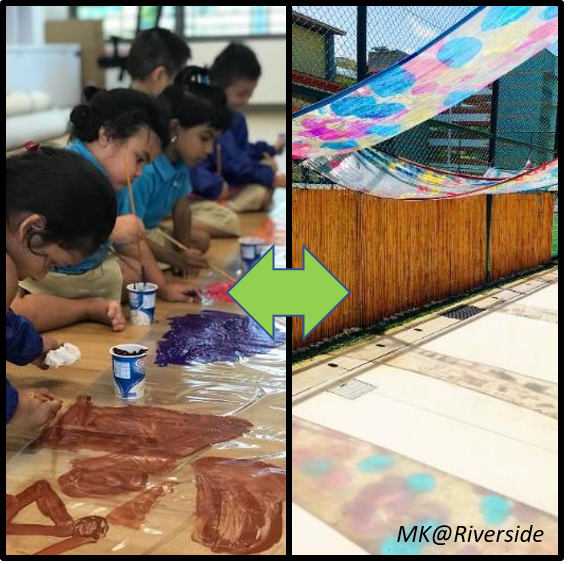Integrated approach to teaching and learning
What does it mean?
Adopting an integrated approach to teaching and learning means creating learning experiences that enable children to draw meaningful connections across their learning experiences and between their learning and life experiences. It helps them understand how concepts and skills are linked and can be applied in different situations/contexts.
Examples of how meaningful connections can be made are the following:
Examples of how meaningful connections can be made are the following:
- Across different learning areas
- Between children’s previous and new experiences
- Between children’s interests/daily life experiences and new learning experiences
- Between different contexts (indoors & outdoors; home & preschool; EL & MTL class)
- Between learning experiences of children from different groups (e.g., different classes/levels)
| Find out more |
|---|

|
How can you do it?
- Use themes/topics, stories or projects, which interest children, as meaningful and authentic contexts for different learning experiences to be organised around so that children can make connections across different learning areas and between their everyday experiences, interests and new learning.
documentation, where relevant, and encourage them to revisit what they have learnt/discovered/thought/wondered about. This can help
children make connections between their previous learning/experiences and new learning.
3. Design learning spaces to facilitate meaningful connections:
- between different groups of children (e.g., across K1 and K2 classes and morning and afternoon sessions)
- across different learning areas
- across children’s experiences in different contexts (e.g., during EL and MTL classes or in the indoors and outdoors)
meaningful connections in their experiences across different contexts (e.g., between home and school; between EL and MTL classes)
| Find out more |
|---|

|
Example
For more details on Examples 2 and 3, refer to "An Inquiry on Butterflies and Caterpillars" and "Exploring Animal Camouflage" respectively.
| Find out more |
|---|

|








